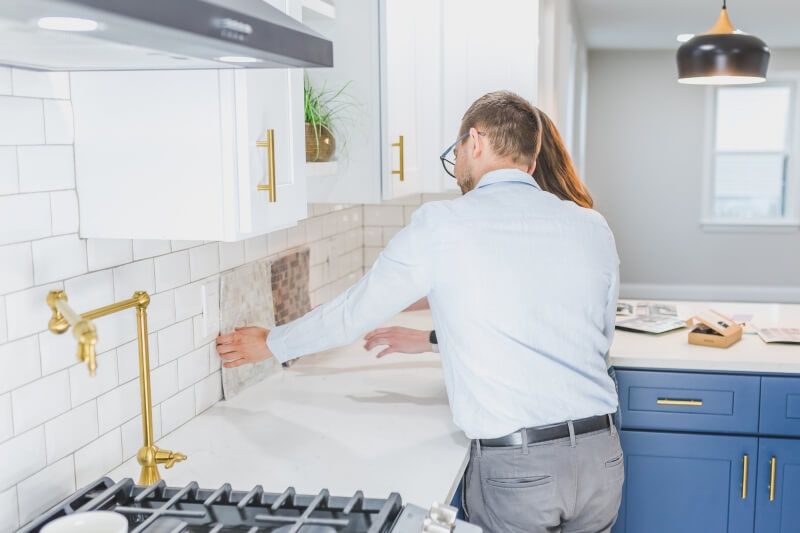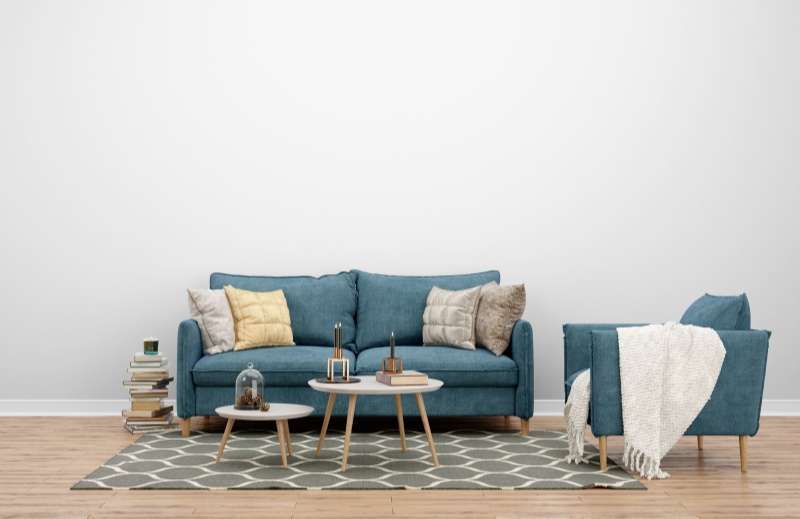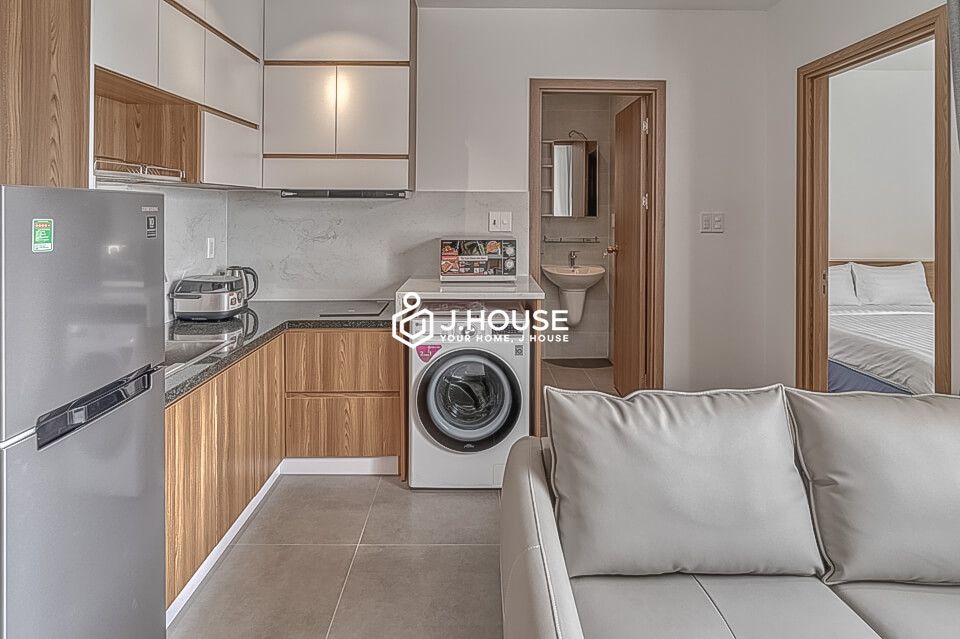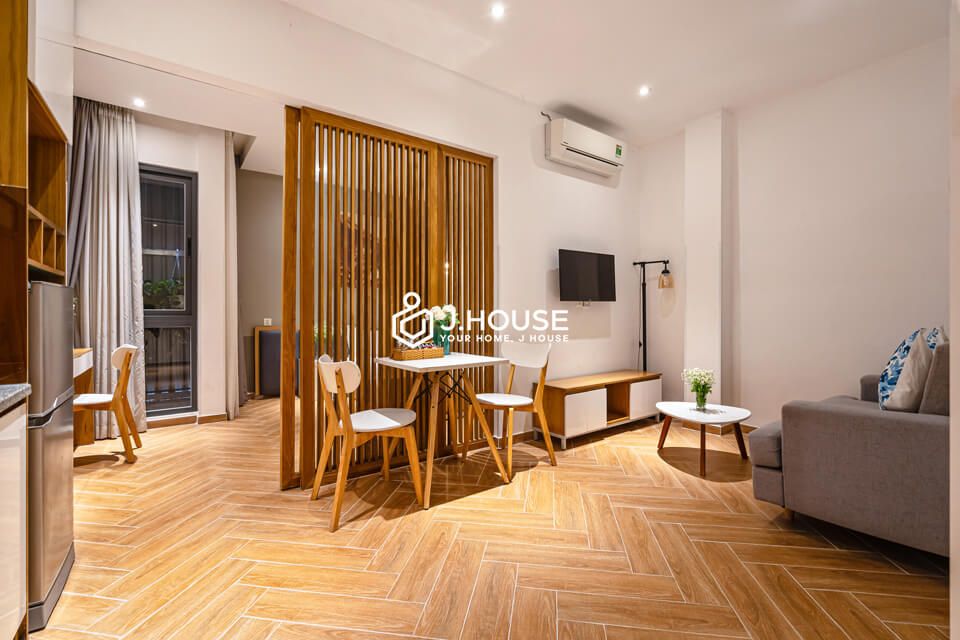Latest Posts
Latest Properties
Tenant’s Guide To Normal Wear And Tear When Renting In Vietnam
Normal wear and tear is inevitable in apartment rentals. The tenant is responsible for taking care of and maintaining the apartment in top condition, but certain damages will occur as the apartment ages. This is not the result of your abuse or will, which means you cannot be held responsible for it. However, it can sometimes be difficult to tell the difference between normal wear and tear and property damage when inspecting an apartment.
What’s the difference between wear and tear vs. damage?
So, what is the exact definition of normal wear and tear? Who is responsible for damages caused by normal wear and tear? And, can a landlord deduct your security deposit from normal wear and tear?
Here are some guidelines for determining if damage to the property inside your apartment is the result of everyday use.

What is normal wear and tear?
Normal wear and tear is damage that occurs normally over time of real estate due to use and aging. Wear and tear is the result of the tenant’s daily use of the property. It can also simply be the result of old real estate passing over time and being acted upon by normal forces.
Normal wear and tear is a decrease in the quantity, quality, and value of a property beyond the will of humans during the use and maintenance of assets. Wear and tear is something that only happens over time with the normal use of the asset – caused by unintentional or by misuse or abuse. Normal wear and tear is considered part of normal depreciation.
Some examples of normal wear and tear on a rental property
Normal wear and tear is the expected deterioration in the condition of an asset due to normal daily use. It is the degradation that occurs during the use of the property in the apartment. It is not due to abuse, negligence, accidents, guests, pets, or failure to clean.
- Paint is faded or wallpaper is blurred, slightly torn
- Cracks in the wall or ceiling
- Small holes in the wall due to staples or nails from hanging posters
- Small dent in the wall from the door handle
- Loose door handles
- Carpets that are discolored or worn out due to travel
- Blinds that are dusty or dim from the sun
- Moderate dirt on the carpet
- Small scratches on wooden floors
- Faded or scratched floor tiles
- Door does not close due to moisture swelling
- Warped cabinet doors do not close
- Replace batteries for TV remotes, air conditioners, fans
- Shower drains slowly due to pipe build-up
- Rub grout loosely in bathroom tiles
- Worn or scratched enamel in the bathtub, sink or toilet
- Burnt electrical outlet or leaky faucet
- Burned or dim ceiling lights
- The air conditioner is low in quality or the fan is making louder noises than usual
- Kitchen utensils such as: chopsticks, spoons, forks, knives, etc. are missing, damaged, reduced in quality
- Any equipment that wears out due to use over time
Wear and tear can be further defined as damage that is reasonably likely to occur. Example: You move house, there is some friction between the luggage porter and the wall. Minor scratches on the wall will be considered normal wear and tear.
Why normal wear and tear is important when renting an apartment
Determining what is normal wear and tear and what is property damage in your apartment is extremely important to you and your landlord. Identifying normal wear and tear will help you avoid disputes with your landlord when moving out. Your landlord cannot deduct normal wear and tear, but your landlord can deduct money for damage you cause. Money to repair the damage is usually deducted from your security deposit.
In short, identifying normal wear and tear will help you:
- Avoid disputes with landlords, and
- Not being unreasonable from money
Read more: How do I get my rent security deposit back? 4 simple ways

What’s the difference between wear and tear vs. damage?
Essentially, normal excess of the property’s wear and tear would normally be considered damage. So, how can you tell normal wear and tear from damage?
Start with the question “What is property damage?”. Damage is not normal. The damage is caused by the tenant, not by age. It is harm that affects the value, usefulness or normal function of an asset. This damage may be intentional, negligent, careless or abuse which may affect the normal function or usefulness of the property.
We can see the difference between normal wear and tear and property damage in the table below with examples.
| Example | Normal wear and tear | Property damage |
| Meaning | Damage that occurs normally over time due to use and aging | Damage caused by a tenant intentionally, negligently, carelessly or abusively |
| Carpet | Worn or faded carpets | Rugged or burned carpets or scratched by pets |
| Wall | Slight scratches, small dents | Large dents or holes in the wall, painted in a different color |
| Door | Fading, does not close due to moisture swelling or warping. Loose doorknob, small dent in wall from doorknob | Dimpled/chipped in corner, large scratch, large dent, stain, squiggly look. |
| Wooden floor | Blurred by sunlight, minor scratches from long-term use | Large scratches, broken or missing floor pads |
| Curtains | Blurred from sunlight or minor scratches or dirt | Burned, large scratches, torn or black or missing stains |
| Sofa | Dirt, fading, small scratches | Stained, large tears, pet scratches, fire holes |
Can a landlord deduct the deposit for normal wear and tear?
All properties are subject to normal wear and tear, and a landlord cannot deduct your rental security deposit to cover such normal wear and tear. If you clean your apartment regularly and keep it well maintained, as a general rule the landlord is always responsible for repairing normal wear and tear after you move out.
If you simply live in the apartment and have not damaged anything due to abuse, negligence, accident, guests, pets, or failure to clean, the landlord is not entitled to deduct any of your security deposit.
Read more: When can a landlord deduct your rental security deposit?
How to avoid normal wear and tear disputes with landlords?
As a tenant, it is your responsibility to keep your apartment in top condition for you and your landlord. Knowing exactly what damages are due to normal wear and tear is an important part of how you use the property in your apartment. That’s just the first step. Follow these tips to avoid disputes over normal wear and tear with your landlord.

You need to check the quantity and condition of the property inside the apartment before you move in – so you don’t get blamed for any pre-existing damage and damage, some of them are normal wear and tear. Whether you’re a first-time tenant or a long-term tenant – you shouldn’t skip checking the condition of your apartment when you move in. This is a useful tool to help you eliminate the risk of losing or having your security deposit deducted or compensated for future damages.
It is a fact that we cannot remember all the equipment and furniture inside the apartment. And even more can’t remember their damaged or wear and tear state. Therefore, you need a list of furniture handovers before moving in. It helps you and the landlord know exactly what equipment and furniture are inside the apartment and what condition they are in. Purpose: Prevent risk, no dispute later and ensure your legitimate interests when renting.
- Checking daily
Periodic inspection of the furniture inside the apartment is the best way for you to know their working condition. Update the actual situation, repair or ask the landlord for periodic maintenance. You should perform a periodic inspection of your apartment, preferably every 3 months.
- Ask the landlord for periodic or unexpected maintenance
There are equipment that need periodic maintenance such as: Air conditioner, washing machine, drainage pipe, light bulb, electrical equipment, … All costs related to periodic maintenance will be paid by the owner. You need to ask the landlord for periodic or unexpected inspection and maintenance if you find anything unusual. This is how landlords serve tenants and keep the apartment in top condition for tenants to use.
If the property damage is due to the landlord’s failure to properly maintain the apartment, the landlord cannot deduct your security deposit, even if the damage is in your apartment.
- List of charges for damages
You can ask your landlord for a list of expected charges for property damage when signing an agreement. This is good idea. However, not all landlords will provide you with a list of charges for damages. When you move out, if there is property damage, you need to ask the landlord for a list of charges for the damage. The list should clearly state actual damages with appropriate costs.
Learn Everything you need to know about security deposits and 11 tips to protect your security deposit when renting in Vietnam.
Knowing how to distinguish normal wear and tear from damage is important to you and your owner. There should not be any dispute between you and the landlord at the end of the lease. The landlord needs to return the entire security deposit to you upon moving out. Of course, you need to take care and maintain the apartment in the best condition. A very small part of the lease, but knowing about them is the best way to eliminate risk later.
JHouse Content Team
The in-depth content development team on housing services for foreigners & Vietnamese in Vietnam. The content is simple, easy to understand, logically arranged to bring readers useful topics and information from real experiences. JHouse welcomes sharing & copying from you – Attach source & quote from JHouse, please!























